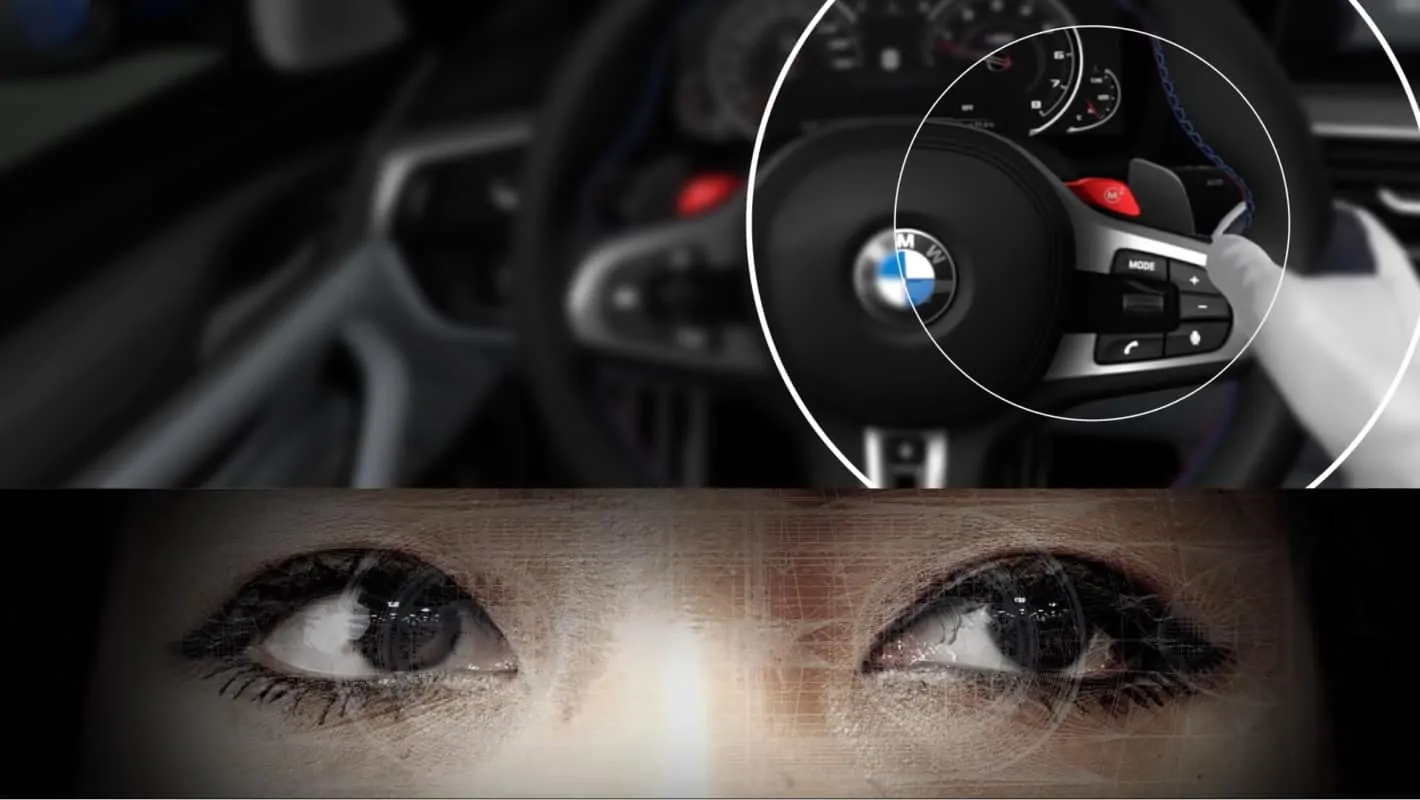Foveated rendering isn’t exactly a commonly-known term, but VR enthusiasts will likely jump for joy the moment they hear it. While the term sounds a bit daunting, it basically boils down to technology’s ability to mimic peripheral vision in the human eye. It might seem a bit odd then that BMW is the one pioneering implementation of said technology in its premiere showrooms worldwide, but that’s exactly what the BMW M Virtual Experience is all about.
Utilizing the HTC Vive Pro Eye, an expensive upgraded version of the high end HTC Vive Pro, developer ZeroLight has created a proper car simulator that allows potential buyers to experience the full ins and outs of their dream car without all the problems that come with the dealer stocking said car in every single possible combination of choices. After customizing the car, customers can then take it for a test drive around the famous Circuit De La Sarthe. We’ve seen plenty of tech demos for foveated rendering, but this is one of the first commercial applications, and it’s qutie exciting to see.
While this experience is a cool one, we’re most impressed with the detail and graphical fidelity that ZeroLight was able to achieve in this demo. If you’ve ever played any games in VR you’ll know that most of them are a little light in the graphics department, and a lot of this has to do with the horsepower required to properly drive such an experience. One of the biggest performance issues isn’t hardware prowess though, it’s software intelligence.
Foveated rendering aims to solve the bottleneck of performance through an intelligent mimicry of human peripheral vision.
We’ve seen several concept implementations of foveated rendering, including Google’s idea of streaming foveated content through 5G networks, but this specific one utilizes Nvidia’s Variable Rate Shading (VRS) technology. Just as the human eye sees, foveated rendering works by providing the most detail right in the center of where you’re looking.
Since the Vive Pro Eye can see where your eyes are looking, it can create a ring of detail directly around your cone of vision, reducing detail the further out toward your peripheral. This provides a significant enhancement in performance that has allowed ZeroLight to create photorealistic cars with stunning detail, all without having the frame drops or stuttering as you might have in a more traditional home VR setup at this detail level.
One of the biggest barriers of entry to advanced rendering solutions like this is pretty simple: cost. A Vive Pro Eye will set you back $1,600 just by itself, not to mention the $800+ GeForce 2000 series card you’ll need to be able to even take advantage of Nvidia’s VRS technology. That’s why experiences like this one are so important for this early on in VR, where technologies can be showcased without forcing consumers to invest thousands of dollars into a standard that might change next week.
Then there’s the question of privacy. Right now, the Vive Pro Eye’s focus is on enterprise, where vision heat maps are created to help content creators and marketers better focus on what consumers are, quite literally, looking at. Once this technology reaches the consumer space, you can expect quite a bit of concern over possible privacy intrusion as the amount of data from consumer-grade headsets stacks up.

